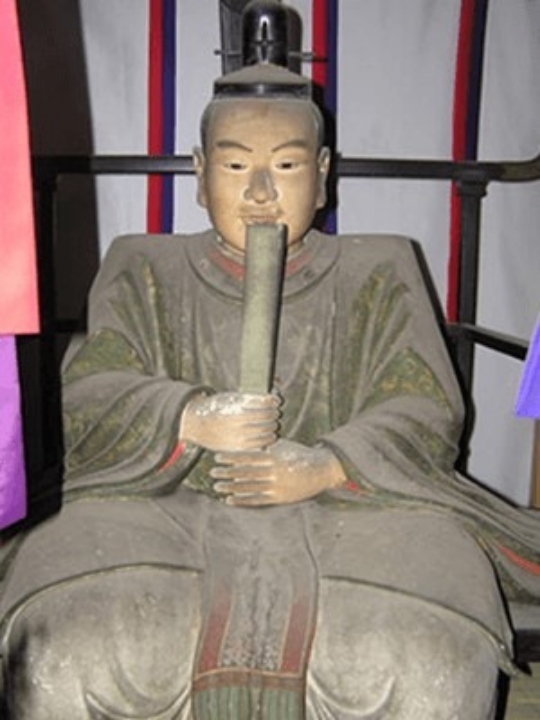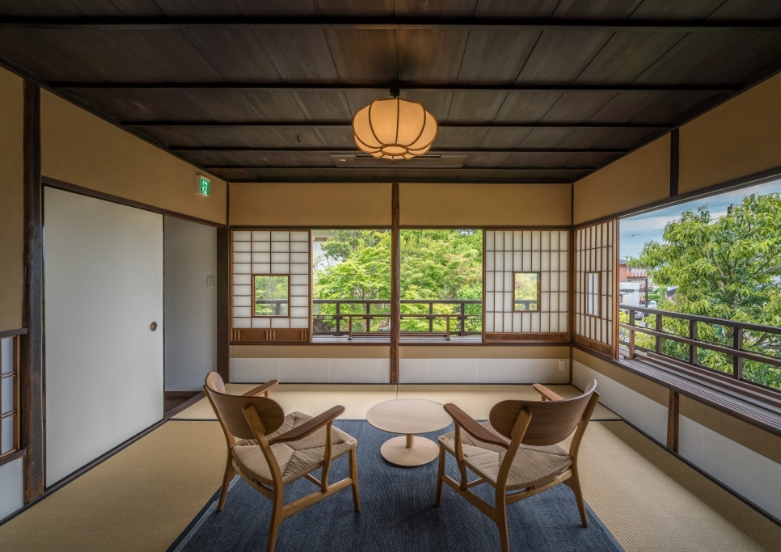
Syorin-an (accommodation)
“Shorinan”, a former residence of a samurai family serving Ninnaji Temple, was donated in 1937 by a descendant of Hisatomino Toutominokami, a lord of the Ninnaji Temple’s Omuro Gosho who founded the 88 temples in the Tempo era and also served as a doctor for the temple. It is a simple yet unique Sukiya-style building with a tea ceremony room, a tea preparation room, and a hall on the second floor.
Under the concept of “learning from the past,” the old and good things have been preserved, and the building has been revitalized as “Shorinan,” an accommodation facility that retains the good old Japanese atmosphere.
In the rooms, treasures related to the Emperor’s family from Ninnaji Temple are on display. Furniture and accessories are made from traditional Japanese crafts to be preserved for future generations.
-
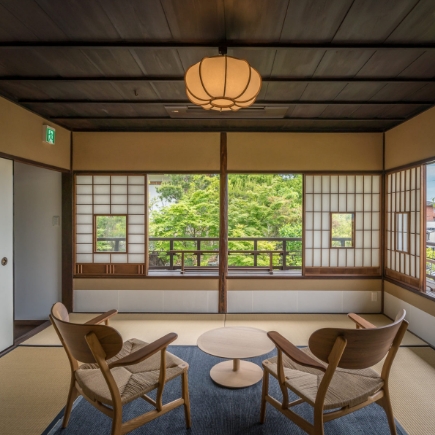
Image title -
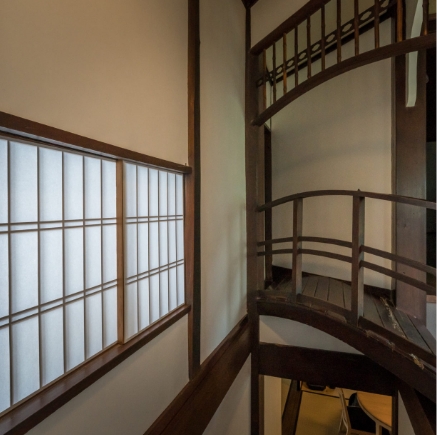
Image title -
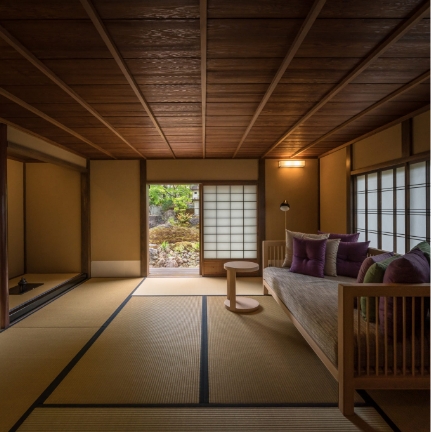
Image title -
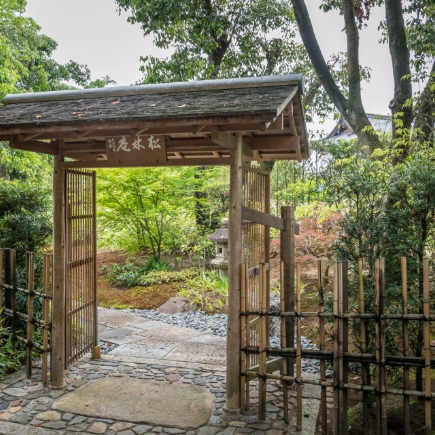
Image title
History of Ninnaji temple
Ninnaji Temple was founded in Ninna 4 (888) and is now the head temple of the Omuro school of Shingon
Buddhism.
The grounds are lined with structures built during the Edo period, including the fivestoried pagoda and the
Niomon gate.
The Omuro cherry trees, which were planted around the same time, reach their peak in mid-April, but like the
buildings, they still look the same as they did back then. They were registered as a World Heritage Site in
1994.
The Beginning of Ninnaji Temple
Ninnaji’s history began in 886, when the fifty-eighth Emperor Koko vowed to build a temple called “Nishiyama Gokanji ”.
The following year, however, Emperor Koko died in the middle of his wish, so the fifty-ninth Emperor Uda inherited the last emperor’s will and completed the temple in 888. The name of the temple also changed from the era name to Ninnaji.
Photo: Emperor Koko
